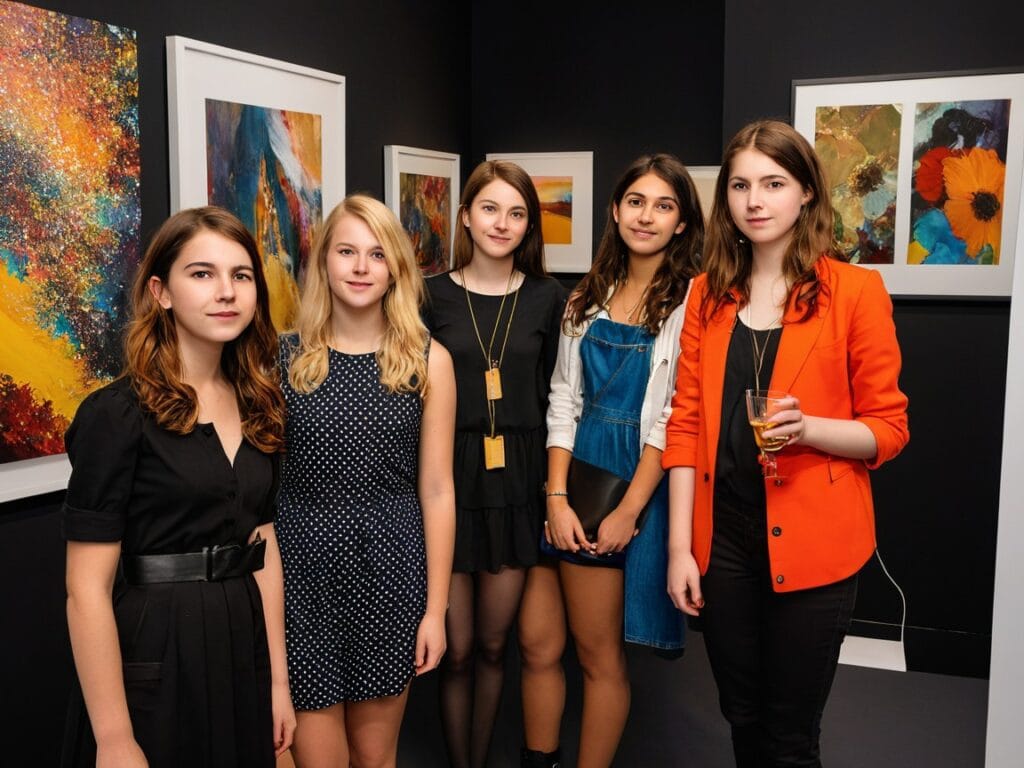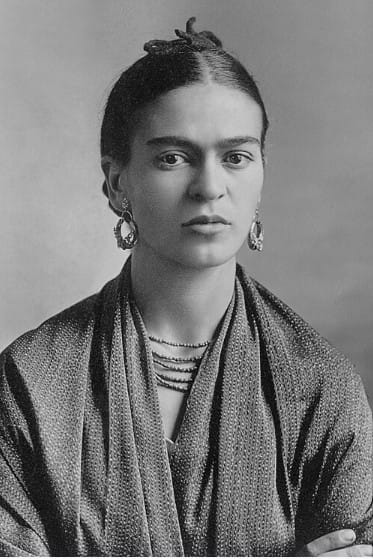How Japanese Artists are Shaping the Global Art Scene
Introduction: The Rise of Japanese Artists on the Global Stage
In recent decades, the art world has witnessed a powerful and consistent rise in influence from Japanese artists. From cutting-edge contemporary installations to refined traditional techniques, Japanese creativity has become a global force, shaping not only the aesthetics but also the philosophies of modern and postmodern art across continents. While Japan has always had a rich cultural and artistic history, the 21st century has seen its artists go from regional powerhouses to internationally recognized icons.
From Yayoi Kusama’s immersive infinity rooms to Takashi Murakami’s vibrant Superflat universe, and from minimalist masters to rising digital creators, Japanese artists are influencing how we think, feel, and engage with art worldwide. This blog explores how Japanese artists are shaping the global art scene through innovation, tradition, and cultural fusion.
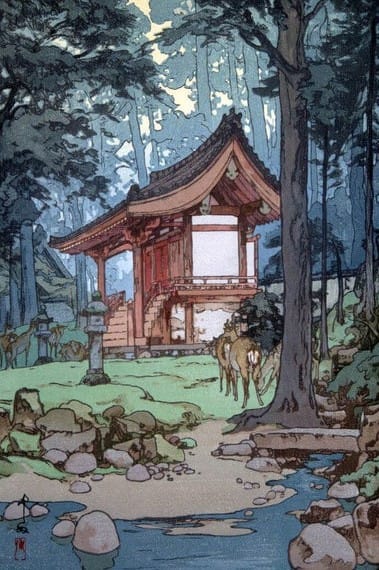
Tradition Meets Modernity: Japan’s Unique Aesthetic Evolution
Japanese art has always maintained a deep connection to tradition—be it in the form of ukiyo-e woodblock prints, Zen-inspired ink paintings, or the rituals of calligraphy. What sets modern Japanese artists apart is their ability to merge these historical techniques with contemporary themes. This blend of old and new creates an aesthetic that is both globally resonant and uniquely Japanese.
For example, Hiroshi Sugimoto, a celebrated photographer, explores time and memory using black-and-white photography inspired by traditional minimalism. His works are displayed in major museums from New York’s MoMA to the Tate Modern in London, symbolizing how Japanese simplicity continues to command global attention.
Similarly, ceramic artists like Koie Ryoji and Shoji Hamada have gained international acclaim for transforming traditional pottery into high art. The idea of wabi-sabi—beauty in imperfection—continues to influence global artists, designers, and collectors.
Yayoi Kusama: A Symbol of Japanese Global Influence
No conversation about Japanese artists in global art is complete without Yayoi Kusama. Her rise to global stardom is a testament to how deeply Japanese artists have penetrated the international art world. Known for her polka dots, mirrors, and infinity installations, Kusama combines mental health themes, childhood trauma, feminism, and abstract minimalism into visually spectacular works.
Kusama’s exhibitions consistently attract millions of visitors worldwide. Her installations have become viral phenomena on platforms like Instagram, proving that Japanese art is not only admired but deeply integrated into global pop culture and digital interaction.
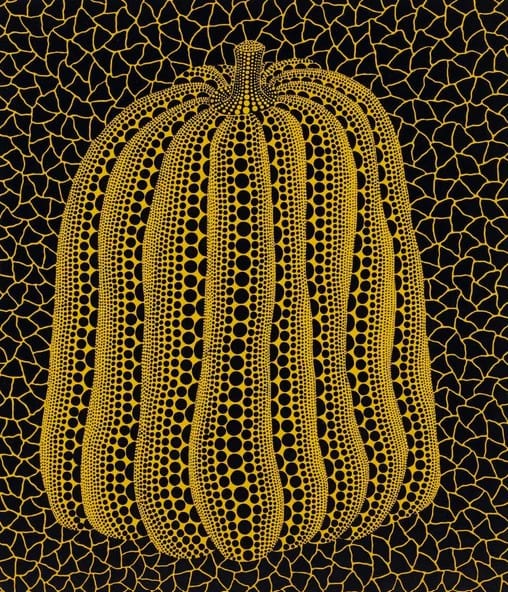
Superflat and Murakami: Blurring Boundaries Between High and Low Art
Takashi Murakami is another titan of Japanese contemporary art whose global reach is impossible to ignore. By developing the Superflat movement, Murakami challenged Western hierarchies that divide fine art from commercial art. Superflat draws from manga, anime, consumerism, and traditional painting to critique post-war Japanese culture.
Murakami’s collaborations with brands like Louis Vuitton and musicians like Kanye West brought Japanese aesthetics to mainstream global platforms. His work is featured in top museums and is also widely collected in digital forms, such as NFTs.
This ability to move fluidly between fine art, fashion, and pop culture is emblematic of how Japanese artists are reshaping global artistic paradigms. Their work encourages us to reconsider what art can be and where it can live.
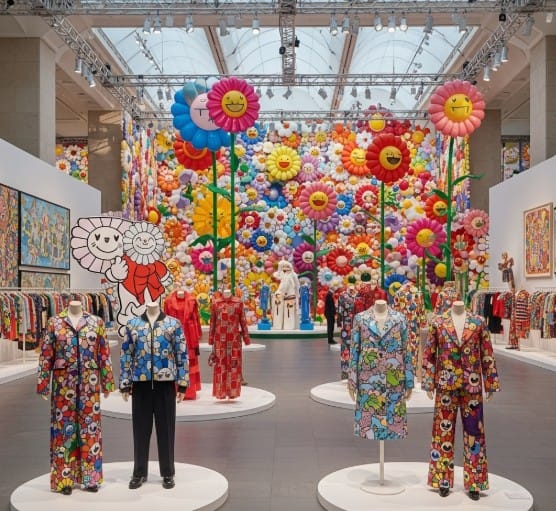
Digital Innovation: Japan’s Leading Role in Art Tech
The digital revolution has opened new avenues for artistic expression, and Japanese artists have been at the forefront of this movement. Collectives like teamLab have pioneered interactive, digital installations that combine art, technology, and nature.
teamLab’s works are exhibited globally—from Tokyo and Shanghai to London and Los Angeles—drawing millions of viewers. These installations respond to human touch, sound, and motion, making art an immersive, multisensory experience. Their exhibitions blur the lines between visitor and artwork, art and science.
Japan’s tech-savvy artists are also pioneers in the NFT space. Artists like Yoshitaka Amano, famous for his work on Final Fantasy, and digital sculptors like Kazuki Takamatsu are integrating blockchain and 3D printing into their practice.
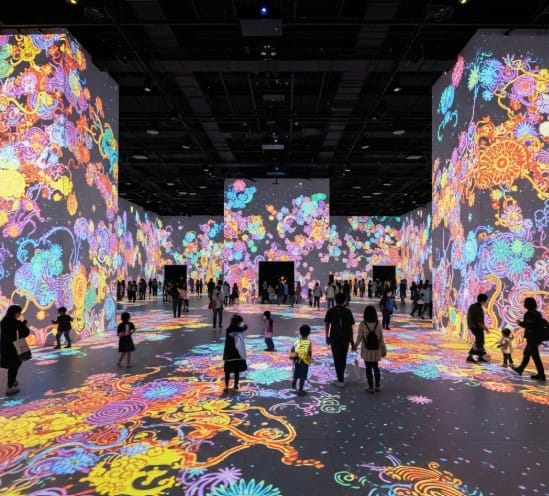
Japanese Minimalism in Architecture and Design
Japanese influence is not restricted to galleries. Artists and designers from Japan have deeply shaped global architecture and interior design through minimalist principles. Architects like Tadao Ando and Kengo Kuma have redefined spatial aesthetics with a philosophy of simplicity, silence, and natural harmony.
Their architectural projects can be seen across Europe, North America, and Asia. The use of materials like concrete, wood, and glass in thoughtful harmony reflects Japanese Zen sensibilities. Their work continues to inspire both artistic and practical design philosophies around the world.
Japanese minimalism has inspired Western artists, designers, and lifestyle movements—from Marie Kondo’s tidying method to Scandinavian-Japanese hybrid design aesthetics.

Influence on Global Street and Pop Art
Japanese culture has left a lasting mark on global street art and pop art movements. From graffiti artists inspired by anime to murals that mimic manga storytelling, the reach is extensive.
Artists like Haroshi, who creates sculptures from recycled skateboard decks, and Tomokazu Matsuyama, whose works blend traditional Japanese motifs with American pop culture, represent the international hybridization of visual language.
Japanese visual codes—bold lines, expressive typography, and pop symbolism—are now standard tools in the global artist’s palette. They can be seen in everything from gallery installations to street murals in cities like Berlin, New York, and São Paulo.
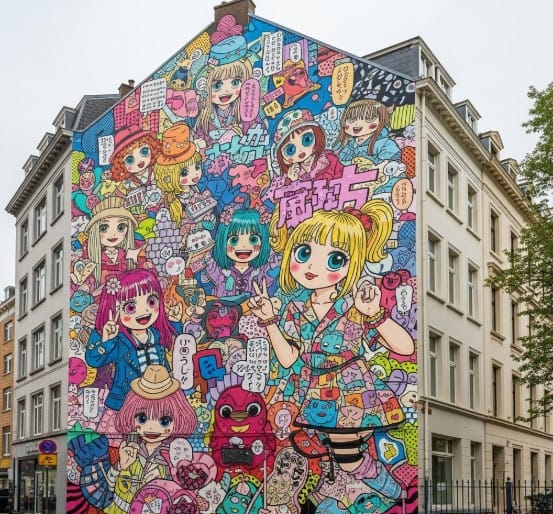
Women Artists Rising in the Global Scene
While historically overshadowed, many Japanese women artists are now gaining global recognition. Besides Yayoi Kusama, artists like Chiho Aoshima and Yuki Kihara are leading voices in gender, identity, and postcolonial discourse.
Chiho Aoshima’s dreamlike landscapes and fantastical cityscapes draw from Japanese folklore and the feminine subconscious, while challenging gender stereotypes. Yuki Kihara, though Samoan-Japanese, represents the intersectionality that defines modern Japanese diaspora art.
These women not only add diversity to the global art dialogue but also highlight Japan’s growing openness to gender and cultural critique within art.
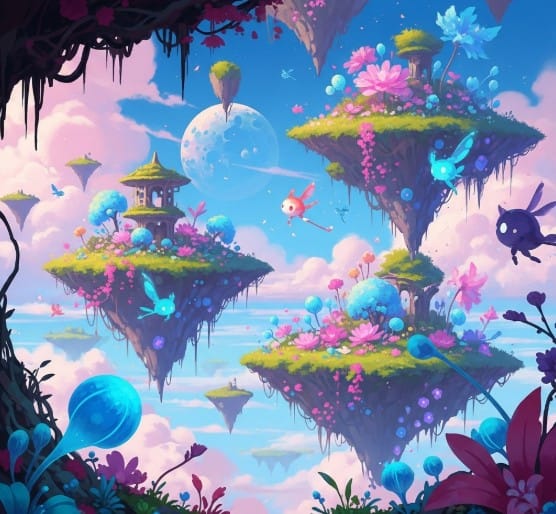
Japanese Art Fairs and Market Demand
The global art market’s hunger for Japanese art continues to grow. Prestigious art fairs like Art Basel, Frieze, and TEFAF frequently feature Japanese artists and galleries. Meanwhile, Tokyo’s own art fairs and biennales are attracting global collectors, curators, and critics.
Japanese art auctions have hit record-breaking prices, with collectors investing in both modern masters like Kusama and contemporary innovators. This market success ensures that Japanese perspectives continue to influence global collecting habits, trends, and value systems.
Japan’s strong presence in international art institutions—from the Louvre to MoMA—reflects both cultural diplomacy and the universal appeal of its artistic output.
Connection to ISKUSS
At ISKUSS, we honor the power of culture to transcend borders. The visionary works of Japanese artists exemplify how traditional roots and bold innovation can coexist and flourish. Whether you are an admirer of minimalist zen, vibrant pop surrealism, or tech-driven creativity, ISKUSS celebrates the profound impact Japanese art has made globally.
Explore our global art selections inspired by Japan and beyond at ISKUSS, where culture and creativity unite.
Conclusion: A Lasting Legacy Still Evolving
The influence of Japanese artists in global art is not just a trend—it’s a reshaping of how the world views artistic value, innovation, and cultural identity. Whether through the timeless elegance of traditional forms or the electrifying energy of digital installations, Japanese artists have become pillars of contemporary art worldwide.
Their ability to navigate and blend the ancient with the avant-garde offers a model for global artists looking to stay rooted while reaching new heights. From galleries and museums to fashion houses and tech platforms, Japanese art is everywhere—and its future is only expanding.
To learn more about contemporary Japanese art movements, visit the Tokyo Contemporary Art Museum.
